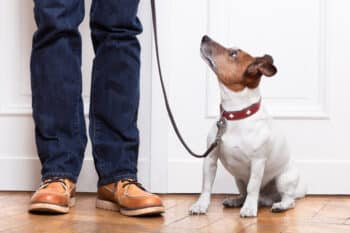
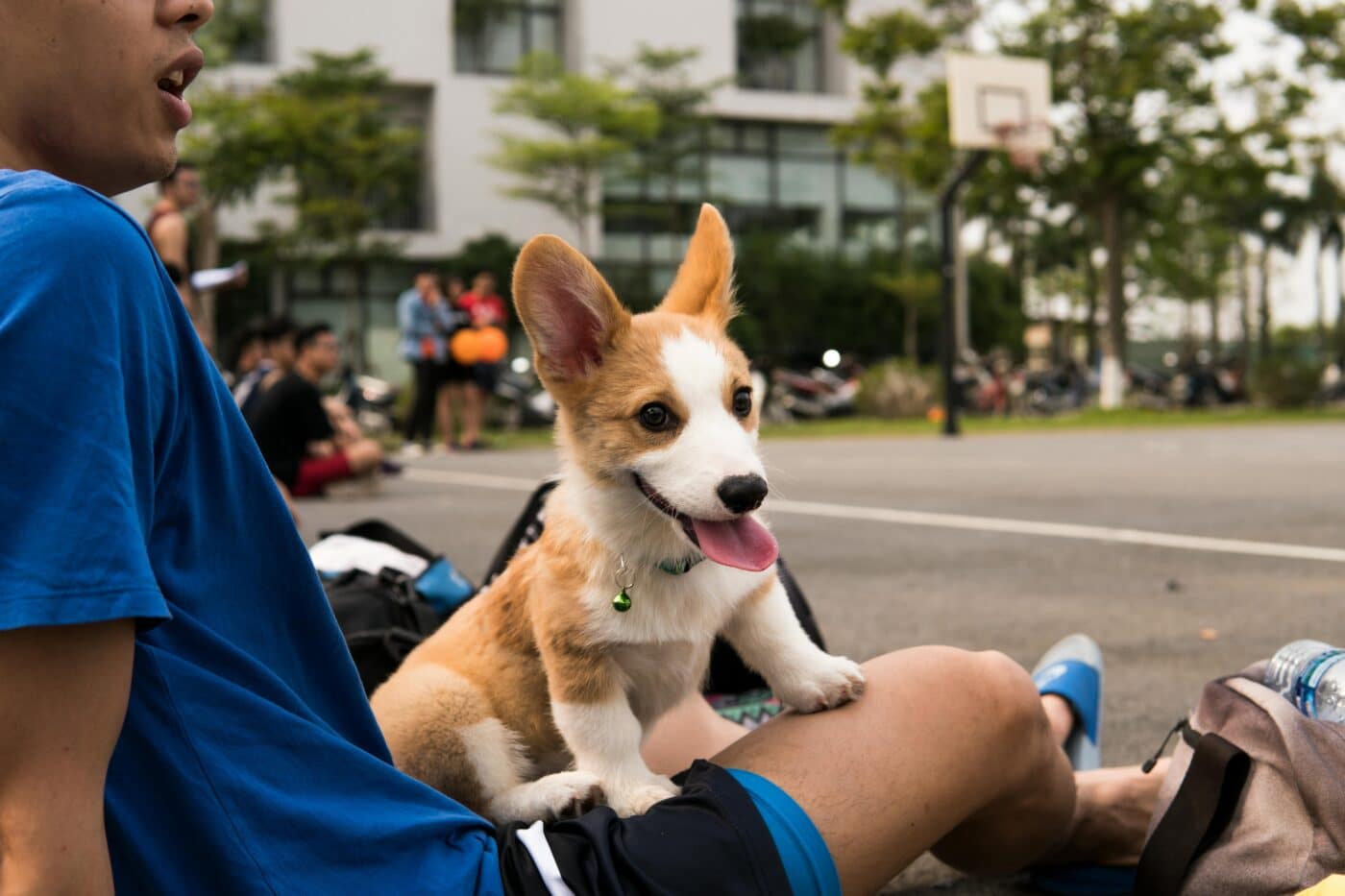
Dogs are known for their strong pack instincts; they look to their humans in family homes for leadership. However, how they choose their pack leader isn’t always as obvious as feeding or walking routines. Dogs are complex creatures and pick up on subtle cues to decide who’s truly in charge. It’s not just about who fills their bowl—energy, routine, protection, and even who gives the best belly rubs. Here are seven surprising ways dogs figure out who’s the real leader in your family.
The One Who Sets the Routine
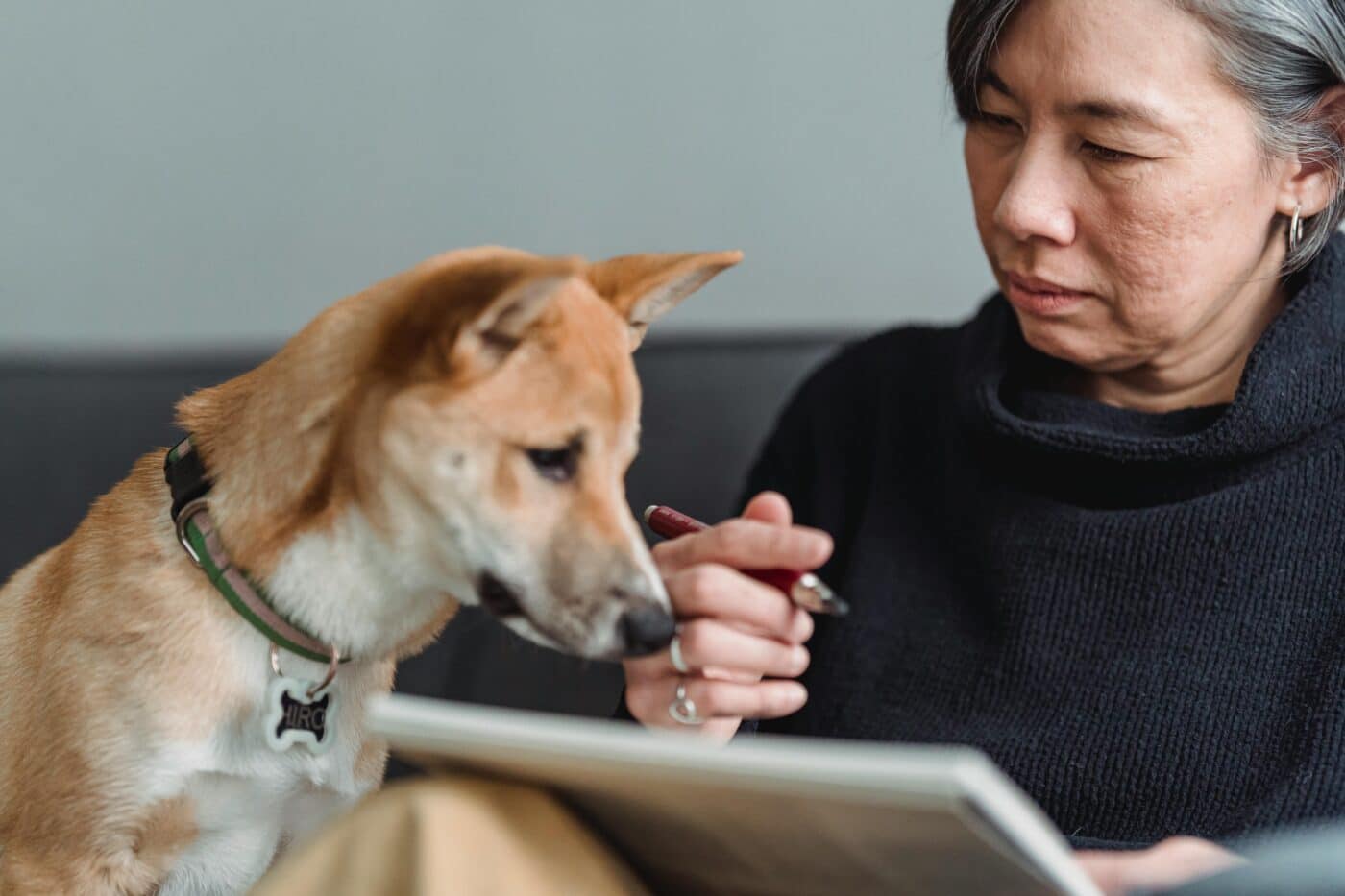
Dogs are creatures of habit, and they thrive on consistency. This makes the person who creates and enforces daily routines the most likely candidate to be seen as the pack leader. Dogs understand that structure provides them with security, and they rely on their humans to maintain predictable schedules for feeding, walking, and playtime. The individual responsible for these routines becomes the dog’s anchor, someone they look to for stability. When a dog can depend on their human to provide these regular activities, they are likelier to trust and follow that person. The routine also fosters a sense of control and predictability for the dog, leading them to view the person who sets these routines as the “leader” who guides the flow of their day-to-day life.
The One Who Keeps Them Safe
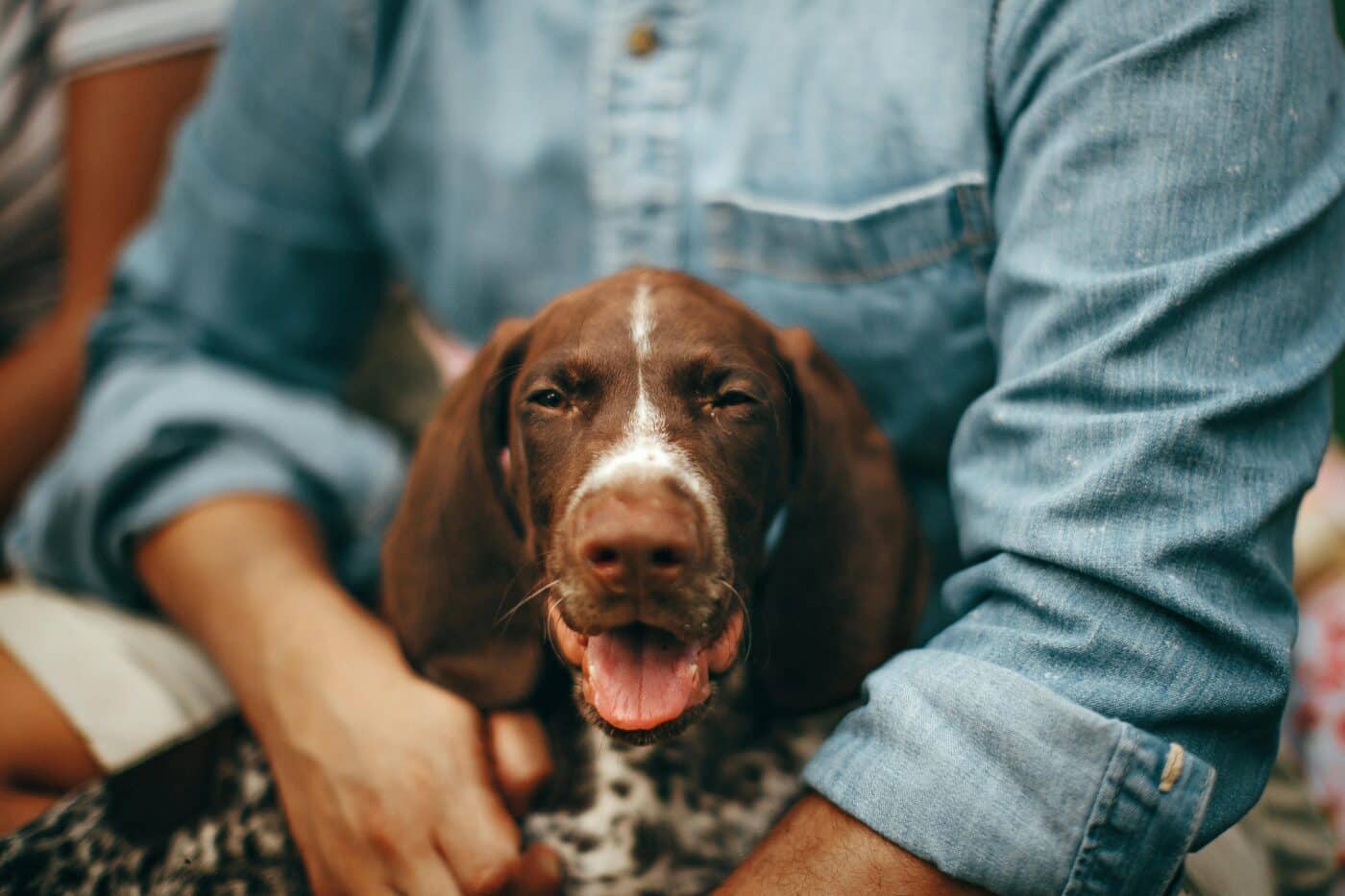
Safety is one of a dog’s most basic needs, and they instinctively seek out the person who provides them with security—physically and emotionally. Whether it’s ensuring their safety during a car ride, protecting them from a perceived threat, or comforting them during stressful moments, dogs tend to form strong attachments to the humans who offer them reassurance. This person becomes the one they trust to navigate difficult or dangerous situations. Dogs also recognize that a stable, protective leader keeps them out of harm’s way, offering a sense of security that they rely on. For example, dogs may choose to stay close to the family member who is consistently calm during a thunderstorm or to the person who ensures they’re safe during a visit to the vet. By providing this essential safety, humans naturally earn the dog’s respect as the leader.
The One Who Gives the Best Rewards
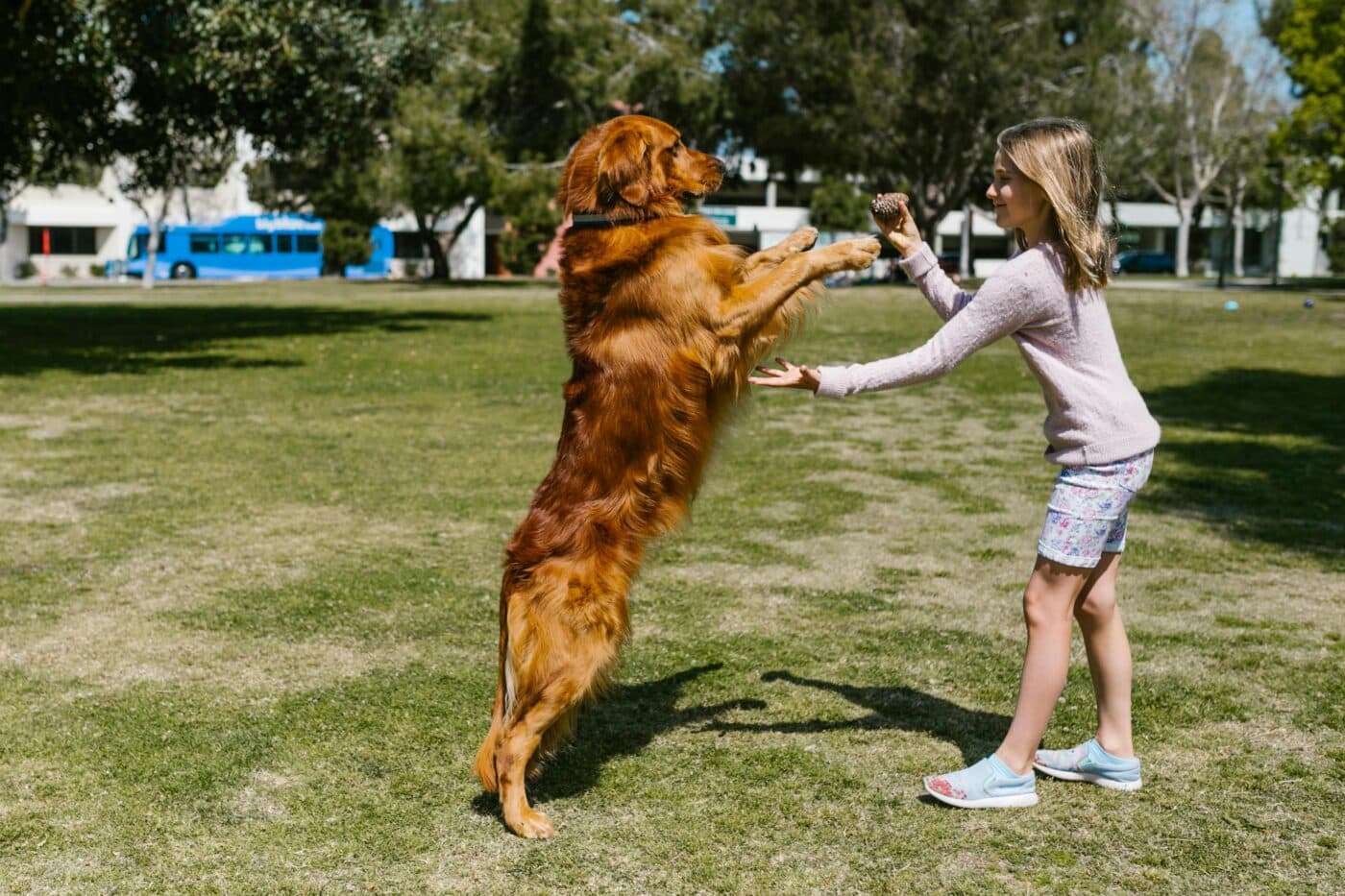
A dog’s motivation often stems from positive reinforcement, and the human who offers the best rewards for good behavior can become their pack leader. Dogs are driven by the promise of treats, praise, and affection, and they quickly learn to associate certain actions with specific rewards. The person who provides these rewards most consistently and in a way that aligns with the dog’s behavior becomes the one they turn to for guidance. Dogs view this person as the one who holds the “key” to a happy and rewarding life, and this strengthens the bond of leadership. Whether it’s through a treat after successfully completing a command or affection after a good behavior, the dog starts to see the reward-giver as the one who influences their actions and choices, cementing that human as the leader.
The One Who Uses Calm Assertiveness
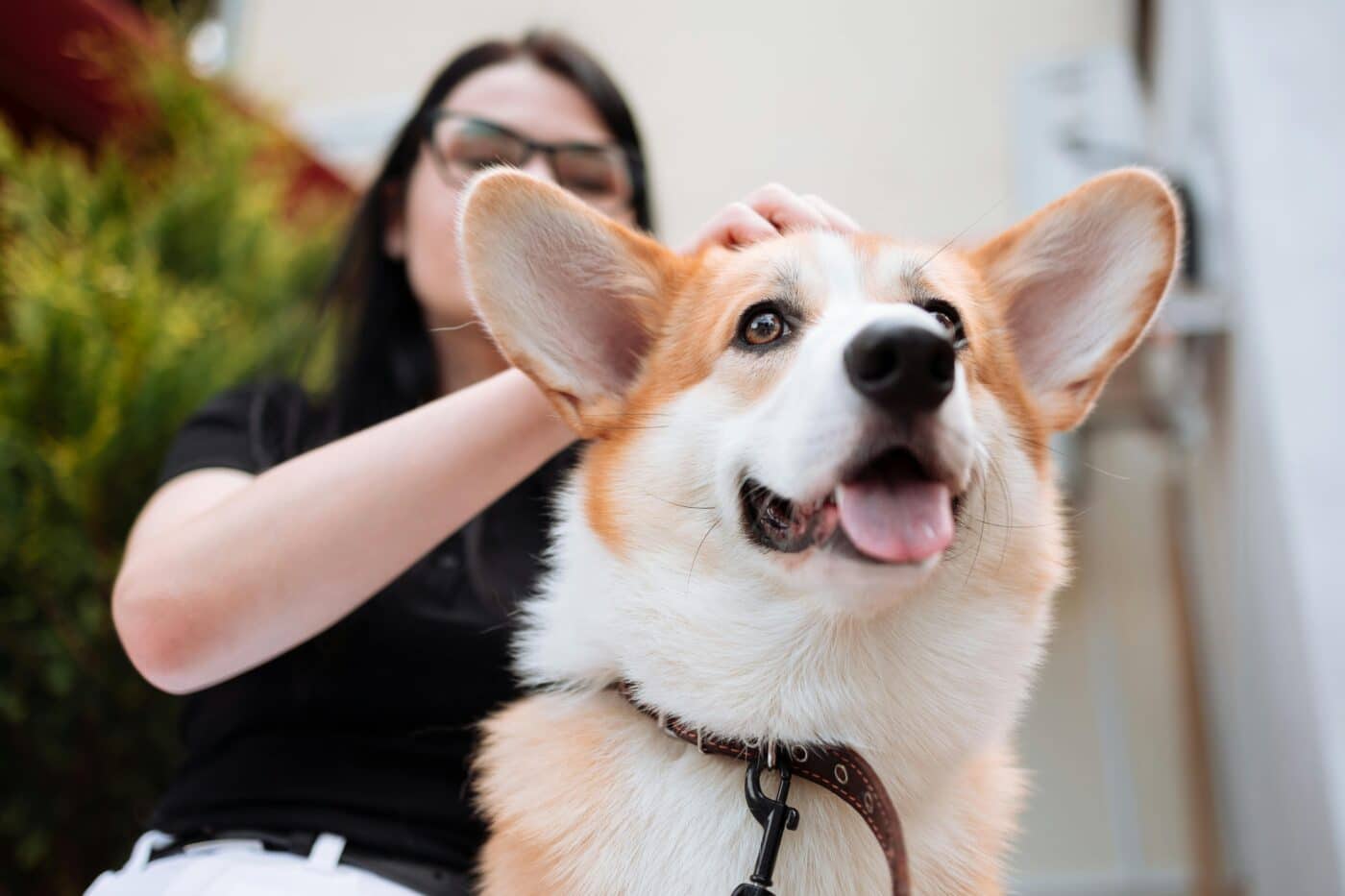
Dogs respect leaders who exhibit calm assertiveness because it provides clear boundaries and structure, without being overly domineering or passive. Calm assertiveness involves maintaining control of a situation in a way that is composed and consistent, which is exactly what dogs need to feel confident in their human’s leadership. The person who can calmly enforce house rules, such as not allowing the dog on the furniture or teaching them boundaries, signals to the dog that they are in charge. Dogs appreciate leaders who lead with kindness and firmness, and they quickly recognize that the human who demonstrates consistent, fair leadership is the one who should be followed. This type of leadership builds trust and establishes a healthy relationship based on mutual respect, which dogs instinctively seek in their pack dynamics.
The One Who Engages Them Mentally
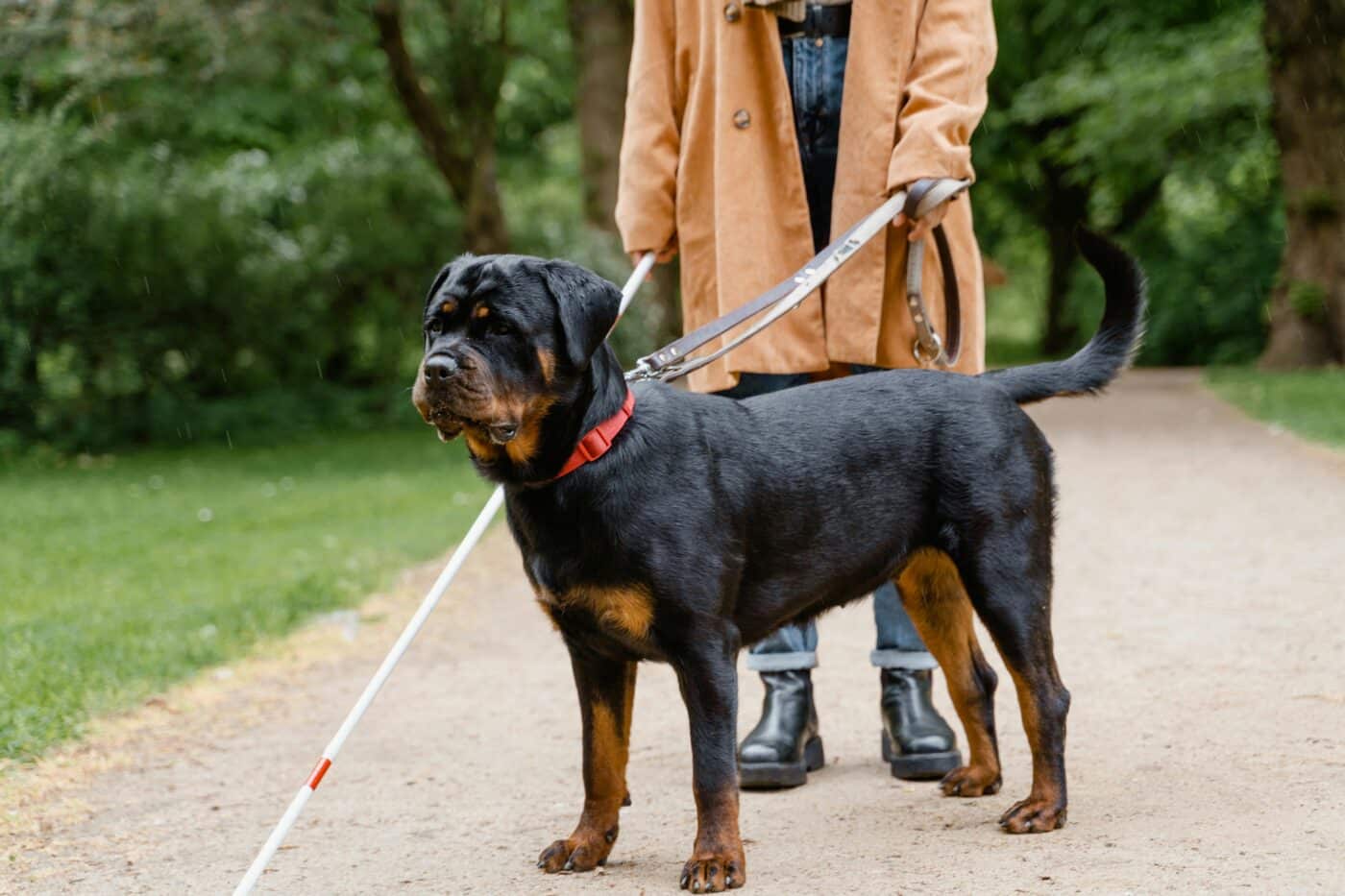
A dog’s mental stimulation is just as important as their physical exercise, and the person who provides this stimulation becomes a crucial part of their life. Dogs are intelligent animals that need activities that challenge their minds, such as puzzle games, obedience training, or engaging play. The family member who consistently provides these activities shows the dog that they are the source of enrichment and learning. Dogs naturally gravitate toward people who can engage their brains and provide new and interesting tasks. This dynamic is not about being the most energetic or playful person but offering the mental challenges that help a dog grow and thrive. As a result, the human who offers mental engagement is often perceived as a leader, guiding the dog through both fun and educational experiences.
The One Who Offers the Most Comfort

Dogs, like humans, seek comfort and reassurance, especially during stressful or uncertain times. The family member who provides emotional support—whether through physical affection, calm words, or simply being present—becomes a source of comfort and security for the dog. When dogs feel anxious or frightened, they often gravitate toward someone who can comfort them. This emotional bond plays a large part in the dog’s perception of leadership. Dogs instinctively trust the humans who provide them with stability in times of distress. By offering comfort, compassion, and empathy, a person reinforces their role as a leader who can be relied upon during times of need. This comfort-oriented dynamic strengthens the emotional bond between the dog and their chosen leader, establishing trust and loyalty.
The Energy You Exude
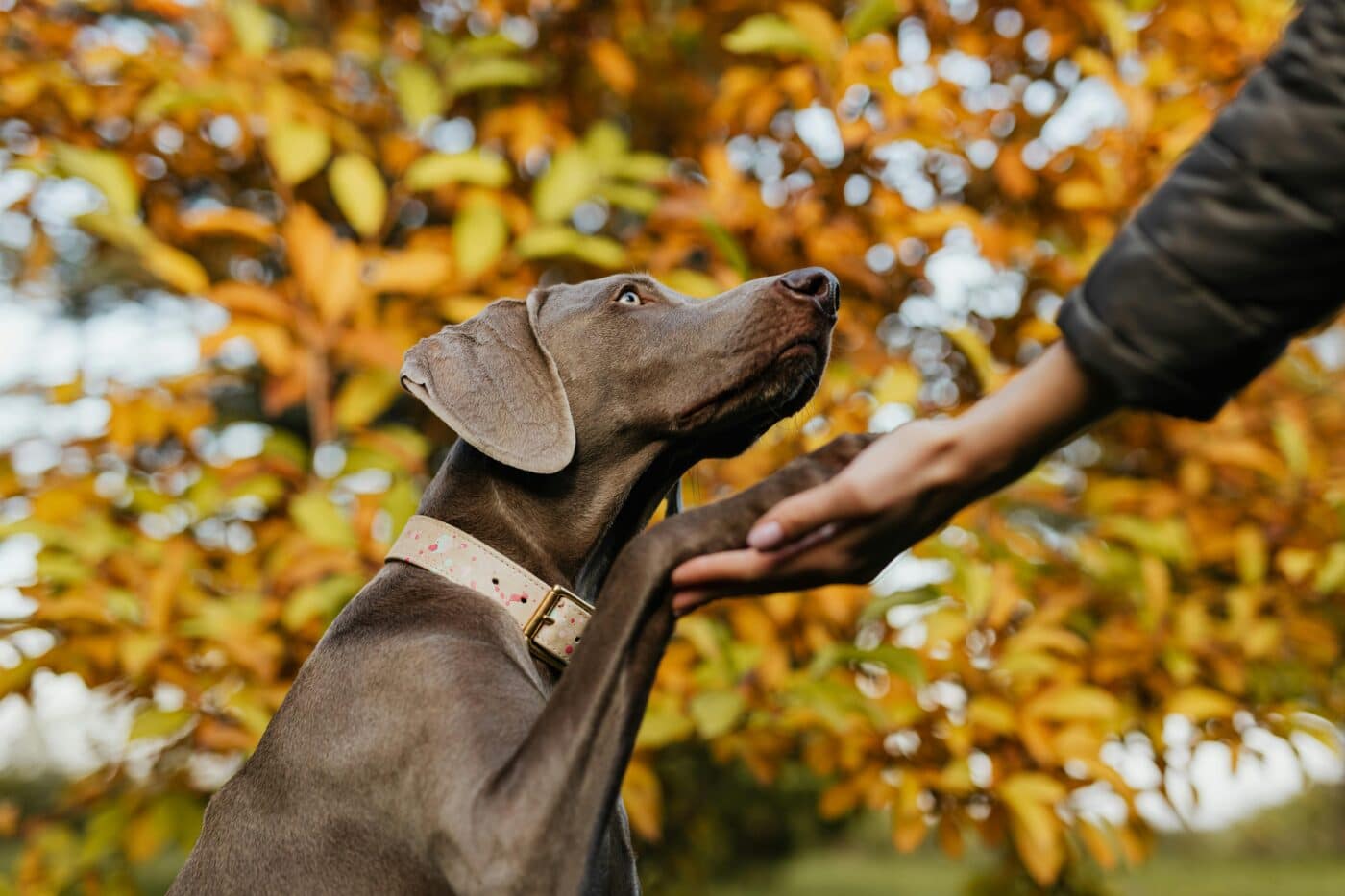
Dogs are incredibly sensitive to the energy and emotions of the people around them, and this plays a significant role in how they choose their pack leader. When dogs sense that a person is calm, confident, and emotionally steady, they are more likely to view them as a source of stability and leadership. Dogs are naturally attuned to human body language, tone of voice, and subtle emotional shifts. Dogs feel safe and secure if a person radiates a sense of composure. On the other hand, someone who is anxious, indecisive, or nervous may not exude the leadership qualities that dogs instinctively seek. By maintaining a calm, confident energy, a person is able to demonstrate that they are reliable and capable, prompting the dog to gravitate toward them for direction and guidance.
The Dog’s Ideal Alpha
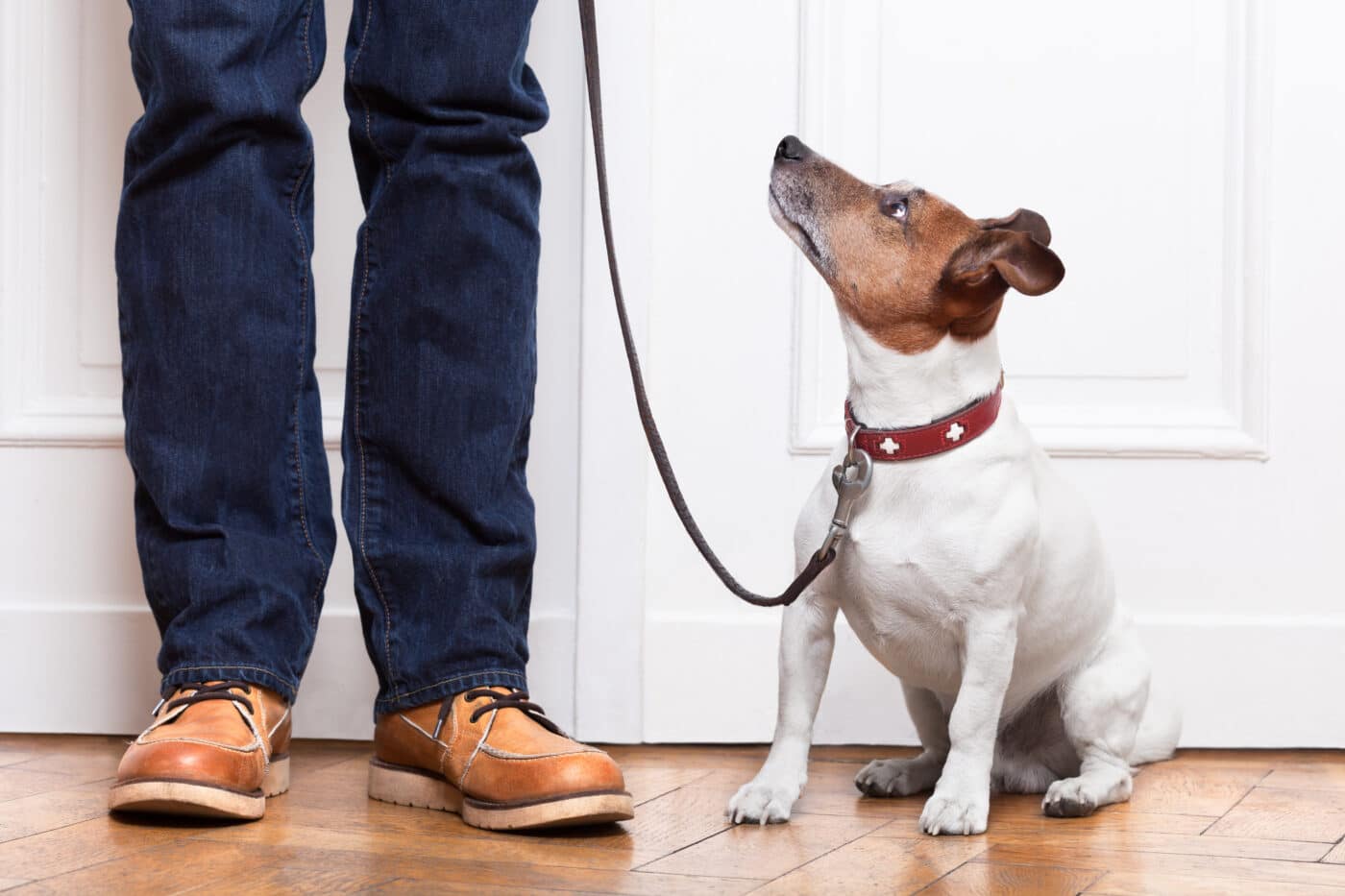
The role of “alpha” in the family is often more flexible than we think. While some dogs may choose the calm, assertive person, others look to the one who provides comfort, rewards, or mental engagement. Surprisingly, the dog’s leader may not always seem the most authoritative. Often, the family member shares their bed or sneak treats to earn their respect. Ultimately, dogs choose leaders based on emotional connection, communication, and meeting their needs. So, if your dog’s curled up in your bed, you might be the true pack leader!
The post 7 Surprising Ways Dogs Choose Their Pack Leaders In Family Homes appeared first on iHeartDogs.com.
